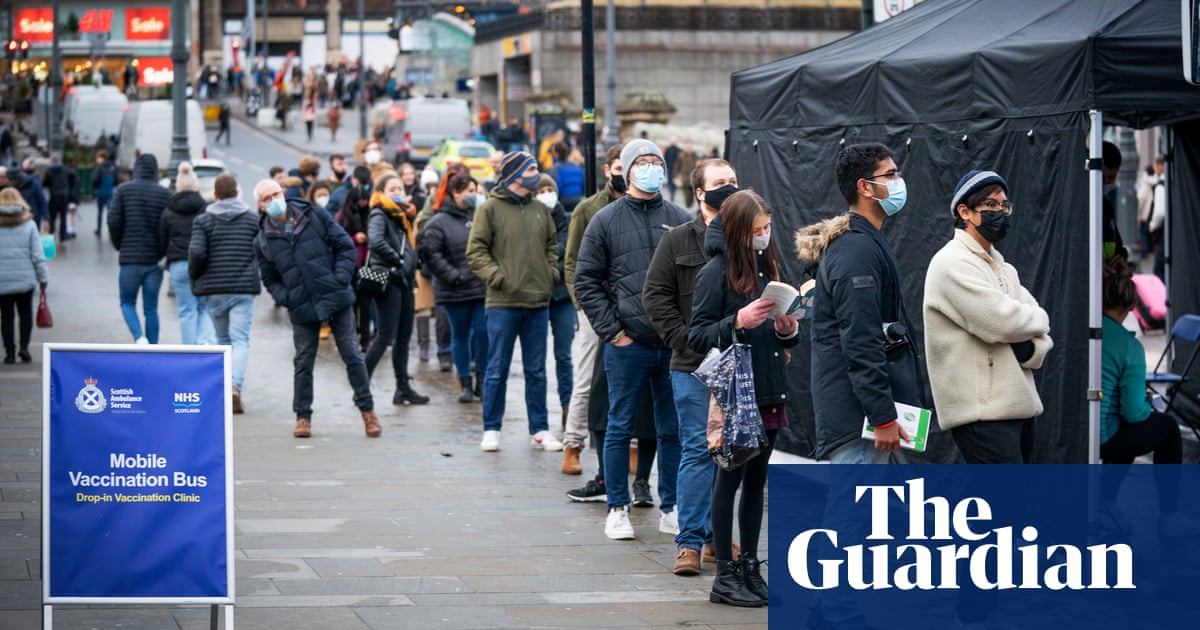
‘A great deal of creativity goes into making new medicines, most of it witnessed and appreciated by only a small handful of people.” This, in part, is what inspired William Pao, an oncologist turned pharmaceutical executive, to write Breakthrough, which tells the stories of some of the most critical discoveries in modern medicine.
Like many others in the field of drug research, Pao has his own story about a family illness. When he was a 13, his father died suddenly from colon cancer – an event experienced by his family as a “cataclysmic shock”. It set his course: “After Dad died, I vowed that I would dedicate my life to making a difference for patients like him,” he writes.
Pao’s career has included stints at Memorial Sloan-Kettering Cancer Center in New York, Vanderbilt University, Pfizer and Roche. But Breakthrough isn’t a memoir. Nor is it explicitly a defence of “big pharma”. Instead, it focuses on the feats of innovation achieved by single-minded researchers labouring to develop treatments for devastating illnesses.
The illnesses are familiar – lung cancer, breast cancer, sickle cell anaemia, haemophilia, Aids and Covid-19. The chemistry, less so: Pao begins gently with a useful, clear primer on DNA, mRNA and peptides, before launching into chapter-by-chapter case studies of drug development.
Most of these breakthroughs are the product of assiduous tinkering with microscopic particles. But sheer luck plays a role, too. Take the discovery of paracetamol, for example. Its precursor, a drug called acetanilide, was initially produced and marketed (as Antifebrin) by a German paint company. Antifebrin was the product of a complete accident, after a pharmacist mistakenly gave a patient expecting a treatment for worms an entirely different compound. This could have ended in disaster – but instead happened to have the effect of reducing his fever. And while many kinds of innovation require a thorough understanding of the properties of antibodies and kinase inhibitors and the like, sometimes, a little improvisation helps, too. At one point a group of spinal muscular atrophy researchers short on specialised equipment found a way to turn an old Coke machine into a custom gadget for storing and loading chilled sample plates.
A highlight of the book is Pao’s account of the development of Covid-19 antivirals – a process workshopped over video call as the researchers, in their makeshift home offices, gathered to review the molecular structure of the most promising compound “and decide which bits to keep and which to discard”. It was one of the swiftest successes in the history of drug development. For all that went wrong in the pandemic response, it’s worth relishing what went right.
“A lot of what we do in pharmaceutical research seems to go nowhere and can look like failure,” Pao writes. But “everything we learn and discover, especially in a well-connected ecosystem with good institutional memory and data sharing, has the potential to be important at some later date.” Driving that ecosystem, of course, are individuals – often stubborn and brilliant. Pao brings them to life in his pen portraits: a young man who reads The Double Helix, James Watson’s account of the discovery of DNA, is inspired to take up a career in gene editing. A trainee doctor who witnesses a paitient’s rapid deterioration – and death – from sickle cell anaemia ends up working on its cure. A little girl whose father dies of lung cancer, and who is inspired to pursue biology by forest walks with her grandfather, develops new treatments for therapy-resistant breast cancer.
In the end, the victories are theirs. But, as Breakthrough makes clear, all of us owe a great deal to the “slow, incremental, and seemingly meandering innovation by dedicated scientists all over the world, driven by curiosity and the thirst for knowledge and solutions”.
after newsletter promotion
